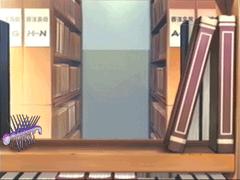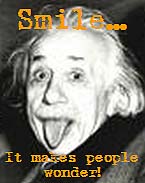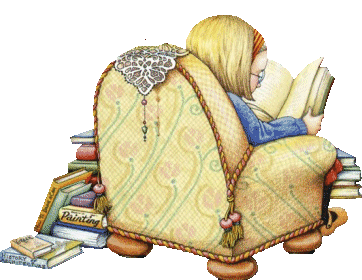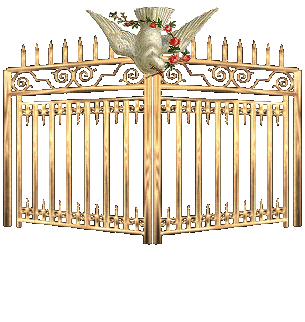Blog Archive
-
▼
2009
(14)
-
▼
February
(13)
- MEDICAL SCHOOL PATHOLOGY.
- Hearing Test-AUDIOMETRY
- COMPREHENSIVE EYES EXAMINATION:Charts,color blind,...
- Skeletal Muscles
- Dissection Anatomy.
- Medical Imaging
- KNEE,ANKLE AND SHOULDER JOINTS LECTURES
- Understanding the Anatomy Behind Clinical Procedures
- Profesor Marian Diamond Education Outreach On Inte...
- Clinical Skill Dermonstration in Audio-Visual
- Body Worlds
- How the Body Works : Control of Involuntary Muscle...
- Human Body Systems And Possible Problems.
-
▼
February
(13)
Friday, February 6, 2009
How the Body Works : Control of Involuntary Muscle and the Anatomy of the Central Nervous Syst
The Anatomy of the Central Nervous System
The nervous system is a complex network of nerve cells and nerve fibers spread throughout the body. Its function is to interpret, store, and respond to information received from inside and outside. The central nervous system or CNS, consists of the brain and spinal cord and is responsible for processing information gathered from the rest of the nerves and transmitting instructions to the body. Messages passing to and from the CNS are carried by the nerves of the peripheral nervous system. This system includes twelve pairs of cranial nerves and thirty-one pairs of spinal nerves. The cranial nerves and the spinal nerves control voluntary movements and sensations. The autonomic nervous system, consisting of sympathetic and parasympathetic nerve fibers, controls such involuntary body functions as the heartbeat.
Control of Involuntary Muscle
Cardiac muscle and smooth muscle function involuntarily-beyond our conscious control. There is smooth muscle in organs of the digestive, respiratory, circulatory and urinogenital systems, while cardiac muscle is found exclusively in the heart. These muscles are controlled by the autonomic nervous system, which is composed of two opposing divisions, the sympathetic, shown in red, and the parasympathetic, shown in blue. Sympathetic nerves leaving the spinal cord lead first to nearby nerve chains before connecting the body organs, where they stimulate muscle activity. In the parasympathetic division, nerves pass from the spinal cord directly to the organs and have the opposite effect-decreasing muscle activity. This dual mechanism provides a method for maintaining the activity of the muscles within controlled limits. The sympathetic system is dominant in situations requiring rapid action. When, for example, danger threatens there is an increase in heart rate, respiration rate, blood pressure and sweat gland activity. The parasympathetic system is dominant while the body is resting-usually during sleep, when the heart rate is slower and respiration is deeper and more regular.
Subscribe to:
Post Comments (Atom)
Free Tutorials On Pharmacology For Nurses,Medical,Dental And Pharmacy Students. WOW!
To Enjoy N Learn From What You See.
























No comments:
Post a Comment